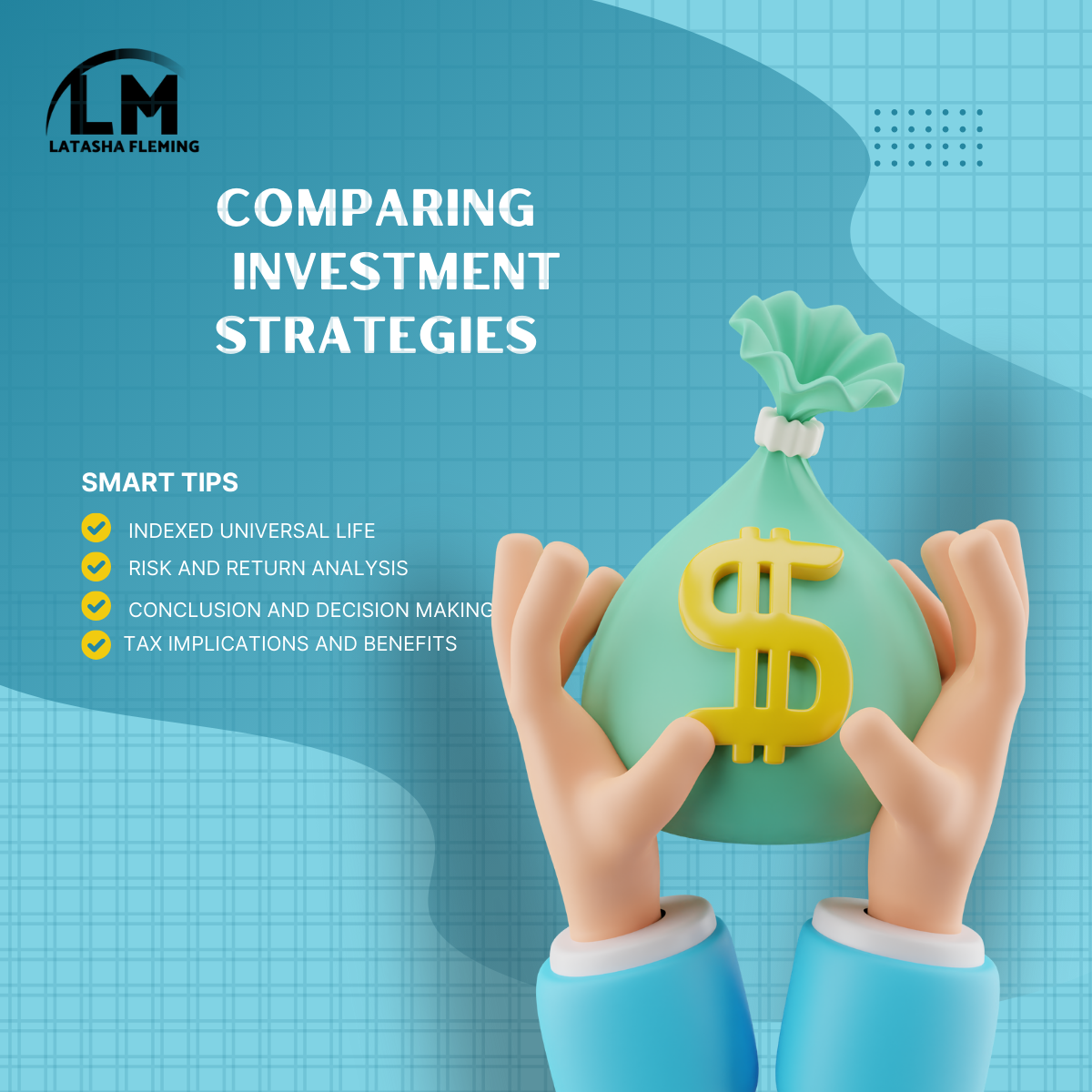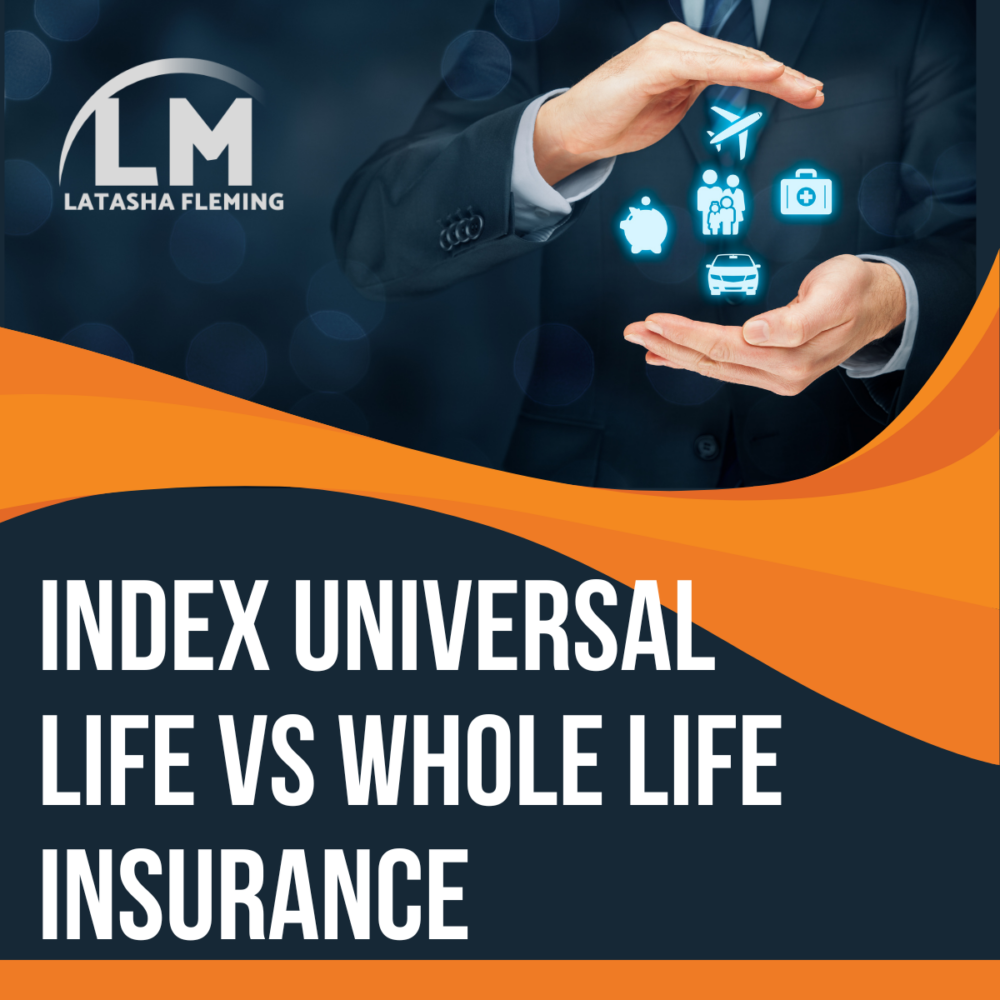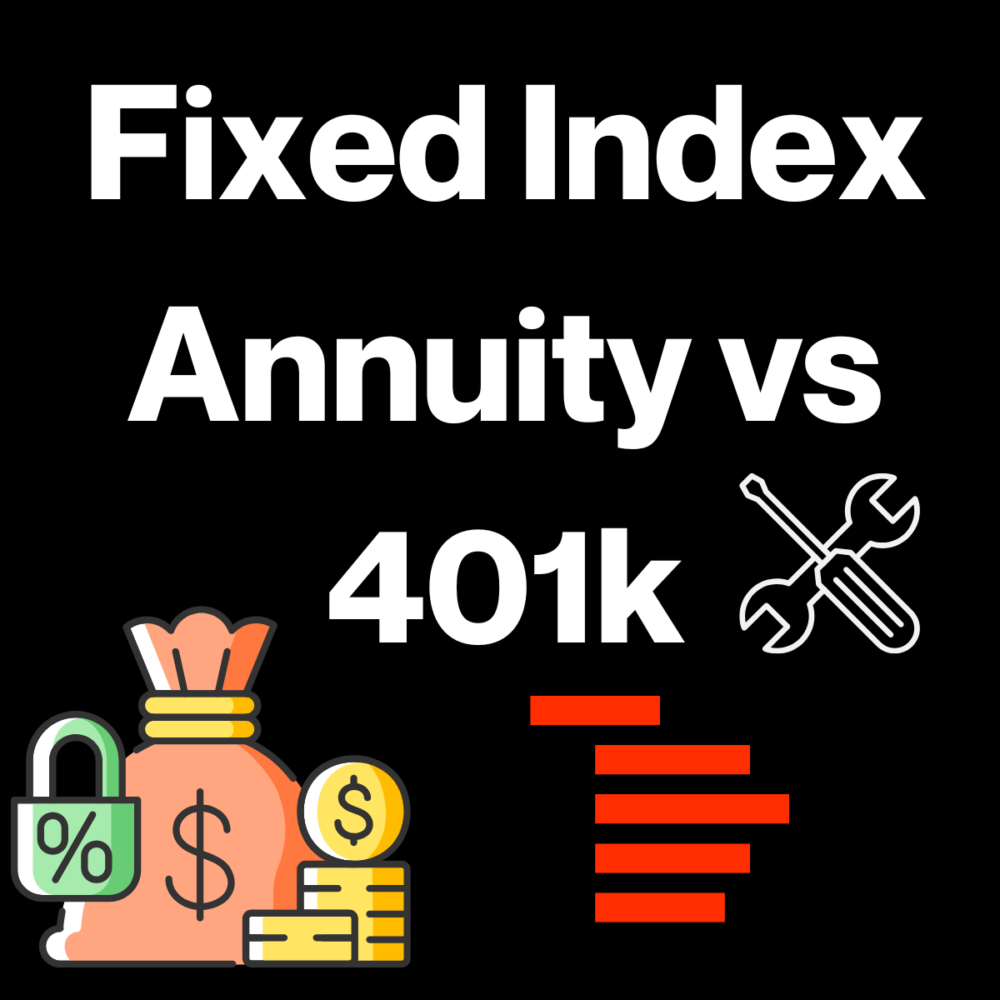Description
Chapter 1: Introduction to Investment Strategies
- Overview: This chapter introduces fundamental investment strategies, including the importance of diversifying a portfolio, understanding asset allocation, and the role of both traditional and alternative investments. It sets the foundation for understanding how different financial products, including IULs and 401(k)s, fit into a broader investment strategy.
Chapter 2: Understanding Indexed Universal Life (IUL)
- Overview: An in-depth exploration of Indexed Universal Life (IUL) insurance as an investment tool. This chapter explains how IULs work by combining life insurance with an investment component tied to a stock market index, such as the S&P 500. It also covers the benefits, limitations, and the growth potential of cash value within an IUL policy.
Chapter 3: Exploring 401(k) Retirement Plans
- Overview: This chapter delves into 401(k) retirement plans, including the structure, contribution limits, tax advantages, and the importance of employer-sponsored plans. It also compares traditional 401(k)s with Roth 401(k)s and discusses their role in long-term retirement planning, including investment options within these plans.
Chapter 4: Risk and Return Analysis
- Overview: Focuses on the principles of risk and return, two critical components of any investment strategy. The chapter explores how to evaluate the risk level of different investment products, such as IULs and 401(k)s, and how to balance risk with potential return to optimize your investment portfolio for your financial goals.
Chapter 5: Tax Implications and Benefits
- Overview: Discusses the tax benefits and implications of various investment strategies, including how tax-deferred growth in a 401(k) works and how the cash value growth in an IUL is treated. The chapter will also cover other tax-advantaged investment vehicles and strategies to reduce tax liabilities over the long term.
Chapter 6: Flexibility and Access to Funds in Indexed Universal Life (IUL) Insurance Policies
- Overview: Focuses on the flexibility that IUL policies provide, such as the ability to adjust premiums and death benefits, and how to access cash value through loans or withdrawals. The chapter also explains the potential benefits and risks of accessing these funds and how to use them effectively in your financial plan.
Chapter 7: Fees and Expenses Comparison in Investment Strategies
- Overview: Analyzes the various fees and expenses associated with investment strategies, including management fees, surrender charges, and administrative costs for products like IULs and 401(k)s. The chapter discusses how these fees can impact the overall return on investment and how to evaluate them when choosing an investment vehicle.
Chapter 8: Suitability and Risk Tolerance Assessment
- Overview: Provides an overview of how to assess your suitability for different investment products based on your risk tolerance, financial goals, and time horizon. The chapter will help you understand how to match your investments (such as IULs or 401(k)s) with your personal financial situation and risk appetite.
Chapter 9: Case Studies and Real-Life Examples
- Overview: Offers real-world case studies and examples to illustrate how various investment strategies, such as using IULs and 401(k) plans, have been applied in practice. This chapter will explore the outcomes of different approaches to investment planning, highlighting successes and lessons learned.
Chapter 10: Conclusion and Decision Making
- Overview: This concluding chapter synthesizes the key takeaways from the course and provides actionable strategies for making investment decisions. It will guide you through how to integrate the knowledge gained into your own investment strategy, considering your financial goals, risk tolerance, and long-term objectives.








Reviews
There are no reviews yet.